SITMe’s success can take project to Brazil
SITMe has great potential for export
The trial stage of the project Integrated Services for Metropolitan Transport (SITMe) was recently concluded, but that should not mean the end of the journey for this innovative project which gave its first steps in 2005. SITMe’s success and ability to adapt to other geographic contexts mean that this project has a vast potential for export.
Looking at Brazil
Taking advantage of the European Union’s funding programmes, exporting SITMe to other European countries is an alternative in order to expand the project. However, Brazil is also an interesting market. “The project’s communication system is particularly interesting to developing areas, such as Brazil, which is a country with large cities which are not yet covered by extensive 3G cellular networks or LTE“, explains the project manager, Tânia Calçada.
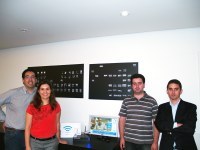
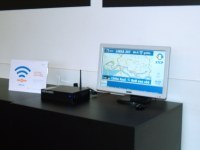
The poor coverage of this type of service in the urban regions of Brazil’s interior “makes this concept perfect”, assures the researcher of INESC TEC’s Telecommunications and Multimedia Unit (UTM). Proof of that is the interest shown by a federal university in Brazil. Discussions are already underway.
10 thousand using free Internet on the 207 bus route
For nine months, the SITMe, a communication system developed by INESC TEC in partnership with Xarevision and the University of Porto, has provided broadband Internet and digital TV to the users of the 207 bus route (the Internet component will be maintained for a while longer).
Ever since it was launched in December last year, the service has not stopped growing. The numbers confirm that SITMe is a hit with the bus passengers and fits the initial expectations of the project managers.
Last August, the date of the last evaluation, there were over 10 thousand registered users. Ever since the project started, a total of 95 thousand sessions had been initiated. The 11th January was the day when the highest number of new users registered (a total of 159).
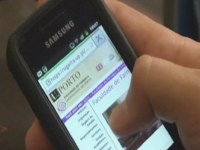
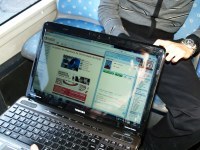
Mobile phone was the most used device to access the Internet
According to the data obtained by the monitoring system developed by INESC TEC, the rush hours are the periods when the service is used more frequently. The data suggest that the great majority of the sessions were open for no more than five minutes and there were periods during which the system supported over 50 simultaneous sessions.
During the 12 kilometres of the bus route which connects the Campanhã stop to the Mercado da Foz, the users have access to maximum broadband, with mobile phones being the most frequently used device (90 per cent of the cases) according to a study ordered by Xarevision.
The services provided in the 11 buses of the STCP (Sociedade de Transportes Coletivos do Porto – a Porto bus network) also included free Digital TV. The two screens installed in each vehicle provided informative and entertainment contents in digital format, an aspect that was appreciated by 89.4 per cent of the STCP users. According to 90 per cent of the passengers, the news were the most relevant contents provided. Porto 24 and Porto Canal were the TV channels responsible for constantly updating information on Greater Porto.
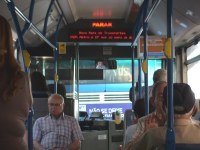
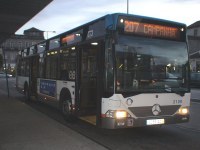
“The initiative is good but should be applied in all the buses”
Holding their mobile phones, passengers can access their e-mail accounts, social networks or, when there’s time, online radio service. Traffic speed and quality facilitate access. Trips are usually fast, so generally the computer does not leave the bag.
The users agree that the Internet and digital TV make the travel time more useful and that this is “the best way to spend the time”. According to two students from the Faculty of Pharmacy of the University of Porto, “People who travel on this route daily can use their time to get some work done, whether personal or academic”.
The benefits of using SITMe are clear and that is the reason why passengers believe that this system should be extended to other buses. According to one of the usual passengers, “the initiative is good but should be applied in all the buses and not just this one”. SITMe was co-funded by the National Strategic Reference Framework (NSRF) as part of PO Norte programme, through the European Regional Development Fund (ERDF).


